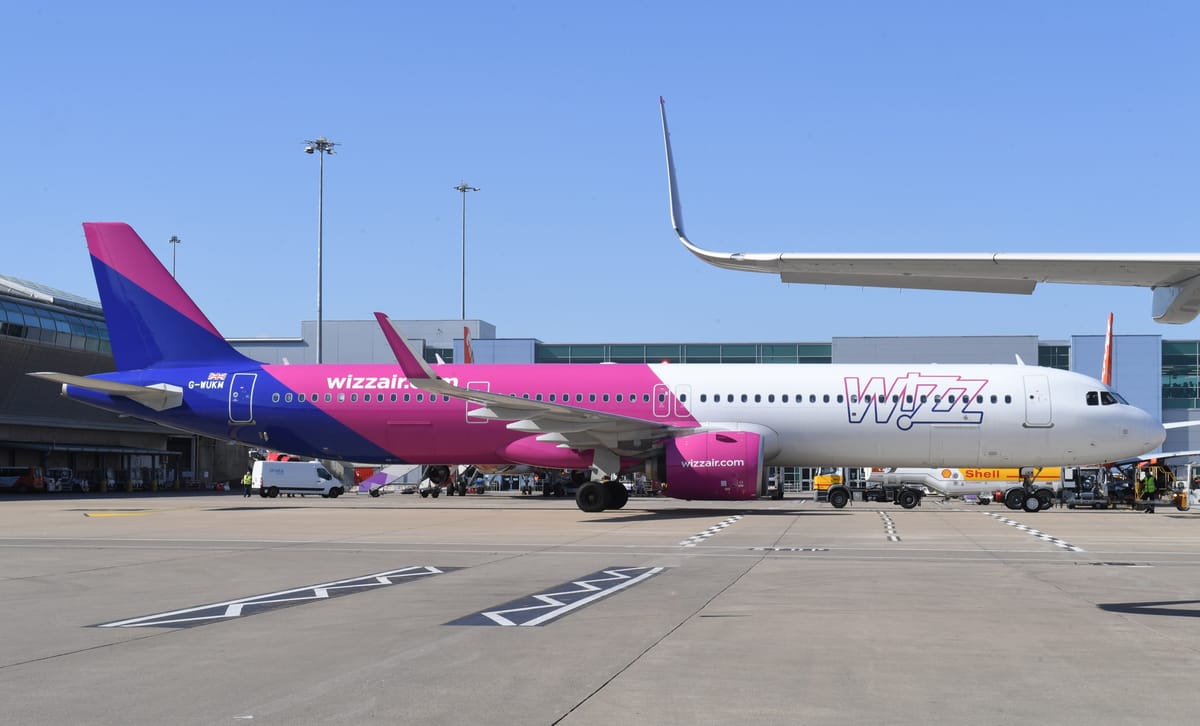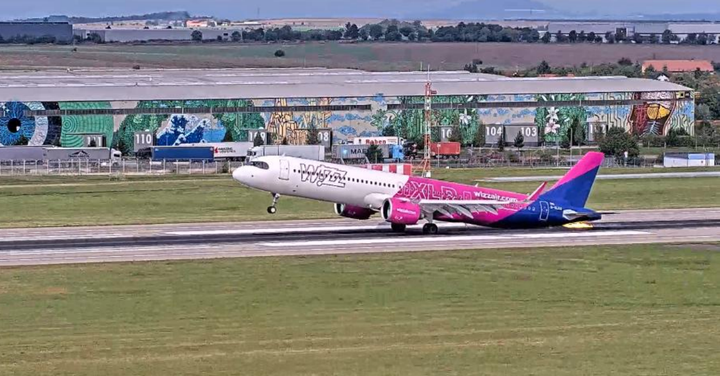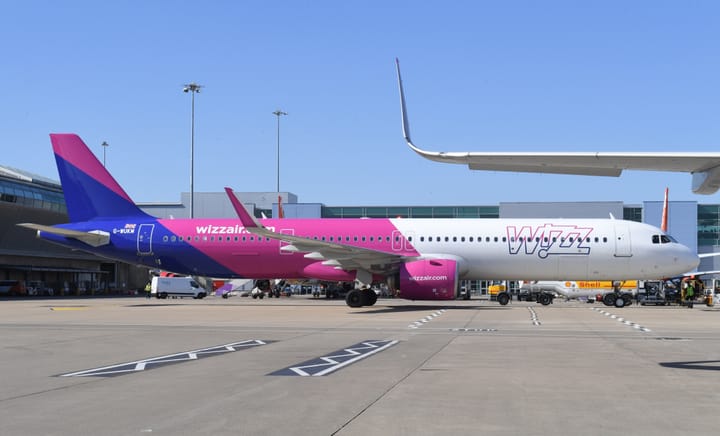Wizz Air sells three A321neo aircraft to JetSMART, ends H1 with $375.7 million net profit
Wizz Air said that the trio were sold to a lessor and then to a "related airline," which was most likely JetSMART.

Wizz Air, which published its H1 FY26 results, has said that it had taken delivery of three Airbus A321neo aircraft and proceeded to sell to a lessor for a delivery to a “related” airline.
Wizz Air unveiled its H1 FY26 results on November 13, 2025, ending the period up to September 30, with a net profit of €323.5 million ($375.7 million), an improvement of 2.6% year-on-year (YoY). Revenues improved by 9% YoY to €3.3 billion ($3.8 billion) as it carried 36.5 million passengers during the six-month period with an average load factor of 92.4% (flat YoY).
Capacity, measured in available seat kilometers (ASKs), grew 8.9% YoY, while total cost per ASK actually declined 1.8% to 4.98c, largely thanks to fuel per ASK expenses contracting by 10.4% YoY.
At the end of H1 FY26, Wizz Air had 243 aircraft, excluding those that were wet leased from other carriers, and includes three Airbus jets that are currently stuck in Ukraine. It had 35 A321neos grounded due to the accelerated removals and inspections of PW1100G engines that power the aircraft, six fewer than at the end of June.
While the airline said that Pratt & Whitney has continued to provide compensation to the airline for the grounded aircraft, it expects that the average number of grounded aircraft during FY26 will be between 30 and 35, improving to between 25 and 30 during FY27.

It plans to take delivery of 16 spare PW1100G engines, also known as the Geared Turbofan (GTF), in the six months after September 30, which will support its planned operations for the beginning of the summer 2026 season.
For the low-cost carrier, the period, especially Q2 FY26, was underpinned by major changes to its network structure. The airline officially closed its joint venture that was based at Abu Dhabi Zayed International Airport (AUH), and has begun to wind down its base at Vienna Airport (VIE) as it re-pivots towards Central and Eastern Europe.
According to József Váradi, the Chief Executive Officer (CEO) of Wizz Air, the company’s H1 results reflected its growing capacity that was deployed during the summer season, during which “operational and commercial improvements were made, with further actions planned in the months ahead.”
The carrier mentioned that during H1 FY26, it revised its airport fee collection mechanism and has continued to “expand machine learning technologies in pricing, for both tickets and ancillaries.”
“We made a number of significant business decisions supporting our longer-term strategic objectives,” Váradi continued, which includes the closure of its AUH and VIE bases, with the latter fully closing down in March 2026.
“These actions reflect our pivot away from high-cost locations to the opening of new bases at lower-cost airports, including at Bratislava, Tuzla, Podgorica, Yerevan, and Warsaw (Modlin), which will deliver operational cost savings going forward.’’

In addition, it had reached an agreement with Airbus to defer the deliveries of 88 A321neo aircraft from through FY30 to through FY33, and reduce its A321XLR order book from 47 to 11. Váradi said that the agreement was part of its goal to optimize the airline’s delivery schedule “to target medium-term capacity growth at a more sustainable 10-12 per cent per annum.”
According to Wizz Air’s revised delivery schedule, it should operate 379 aircraft by FY33, with a fleet of all-A321neos, which includes 11 A321XLRs. The airline plans to phase out its A320ceo and A320neo aircraft in FY32, with no A321ceos being present in its fleet beyond FY28.
“We will see the most significant changes to our delivery profile in around 12 months' time (given near-term orders and financing commitments),” the airline’s CEO added, noting that H2 FY26 seat capacity should be growing around mid-teens YoY. Overall capacity, measured in ASKs, should grow by around 10% in H2 FY26.
“In terms of pricing, looking at the current ninety-day booking curve, we are seeing unit revenue (RASK) approximately down low single digits percentage-wise year on year, while the load factor, conversely, is up by a similar level in terms of percentage points gain.”
Váradi also confirmed that Wizz Air had sold three A321neo aircraft in November, which the airline detailed was a sale to an aircraft lessor that was completed as soon as it took delivery of the single-aisle jets. The lessor delivered the trio of A321neos to “a related airline.”
While Wizz Air used quite ambiguous language, planespotters.net showed that in November, Airbus has so far delivered 13 A321neo aircraft to its customers. At least two of them were not taken up by Wizz Air and were delivered to JetSMART, the Chile-based low-cost carrier, the airframes registered as CC-DOH and CC-DOJ.
Aviation Flights Group, a site that tracks aircraft during their production, even showed pictures of the two in Wizz Air’s livery (see: CC-DOH and CC-DOJ). JetSMART’s third A321neo, registered as CC-DIY, which is actually on its way to Chile at the time of publishing, was never painted in Wizz Air’s purple livery, yet it was the third A321neo that would be delivered to a “related airline” in November.
Indigo Partners owns stakes in both airlines, as well as Cebu Pacific Air, Frontier Airlines, and Volaris.







Comments ()